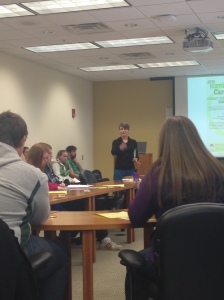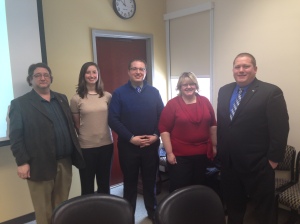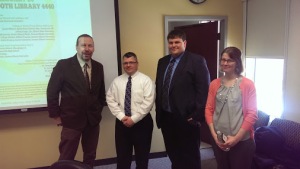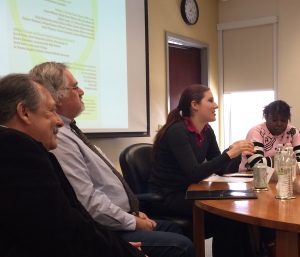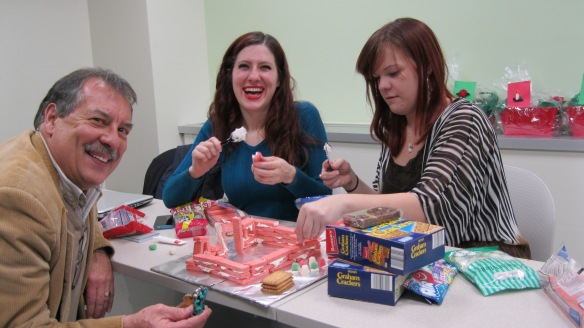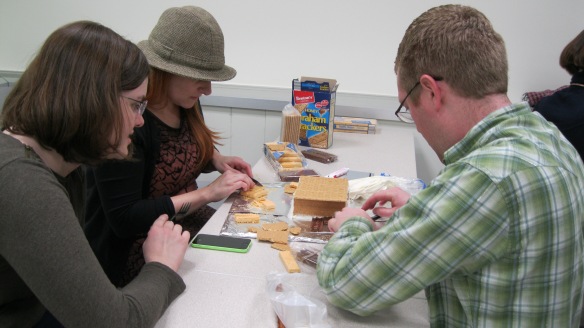Robin Simonton, Executive Director of the Oakwood Cemetery in Raleigh, NC, and graduate of EIU’s Historical Administration program, recently appeared on VoiceAmerica.com radio’s The Museum Life with Carol Bossert. During the show, which you can listen to here, Robin explains the history of cemeteries, their role in community building and the variety of innovative programming that they offer.
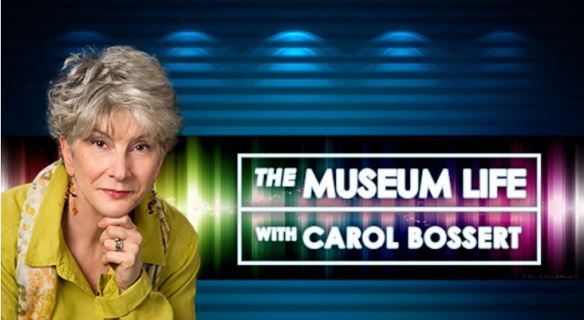
Robin Simonton has been the Executive Director of Historic Oakwood Cemetery since November of 2011. She holds a BA in US History from the University of Hawaii and an MA in Historical Administration from Eastern Illinois University. Robin’s graduate school internship was with Jekyll Island State Historic Site off the coast of Brunswick, Georgia. After she graduated from Eastern Illinois, she returned to Girl Scouts – North Carolina Coastal Pines in Raleigh. She served in various capacities there, but ended as the Program and Volunteer Services Executive at Girl Scouts — North Carolina Coastal Pines in 2011. While there, she planned historic trips for the girls to participate in to Savannah, as well as developed local historic programming for the Girl Scouts. She also created the event Monumental Fun at Historic Oakwood Cemetery for Girl Scouts to enjoy.
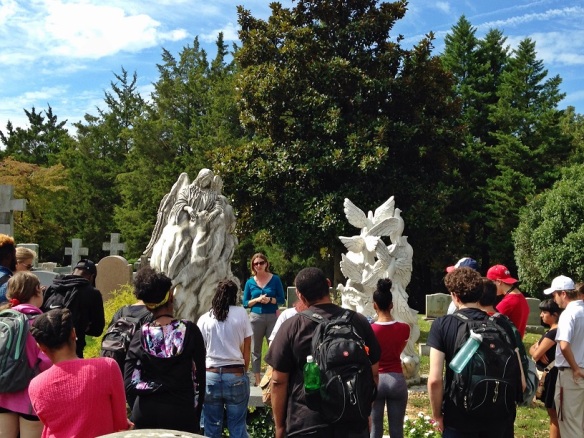
Robin Simonton on the grounds of Oakwood Cemetery with students from William Peace University (photo: Robin Simonton).
She left the Girl Scouts 5 years ago for her dream job and continues to develop educational programming for schools, seniors, church groups and universities at the Cemetery.
Robin wrote a chapter in the book Cemetery Tours and Programming: A Guide, by Rachel Wolgemuth in 2016. She is co-authoring an Arcadia Publishing book on the Cemetery which will come out in 2017.
Robin and her husband Jeff live in Raleigh with their son, 6 year old Cullen. Contact Robin via email at robin@historicoakwood.com.

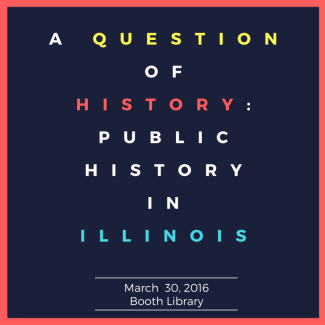
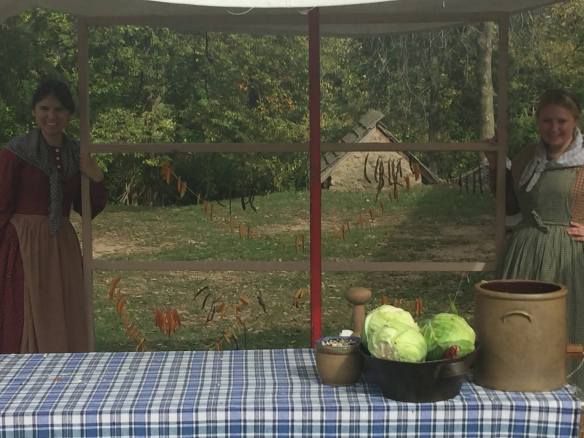

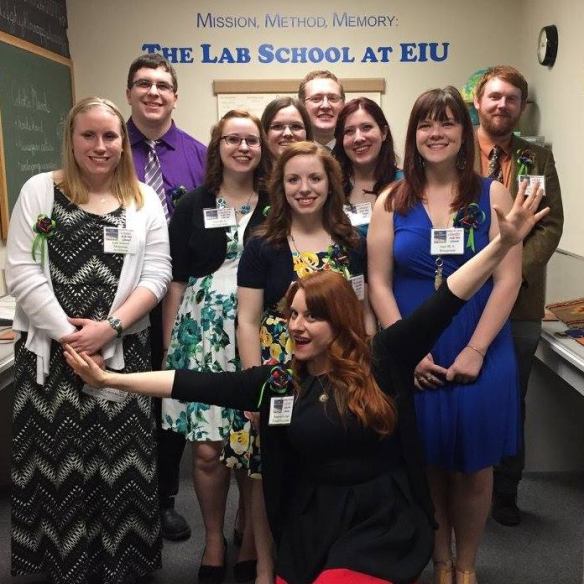


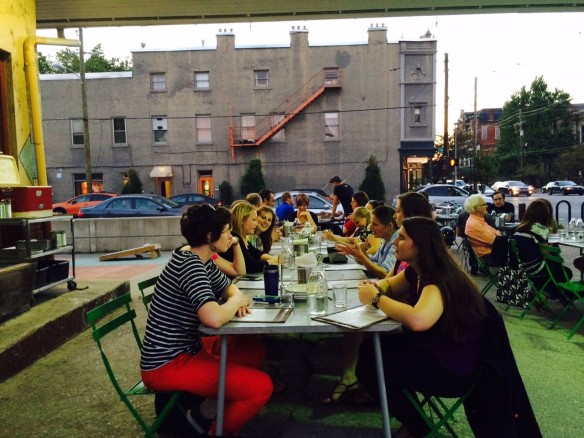
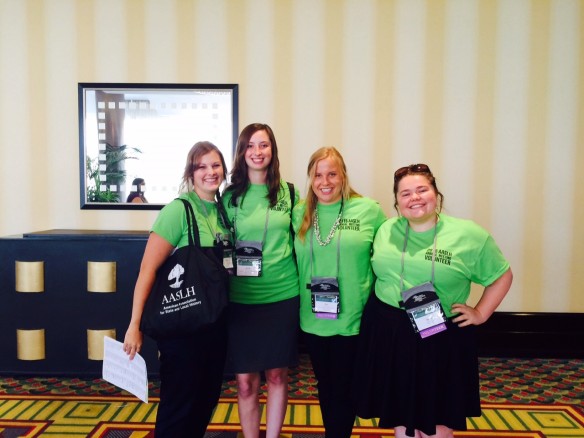

 Day on Friday, February 20.
Day on Friday, February 20.